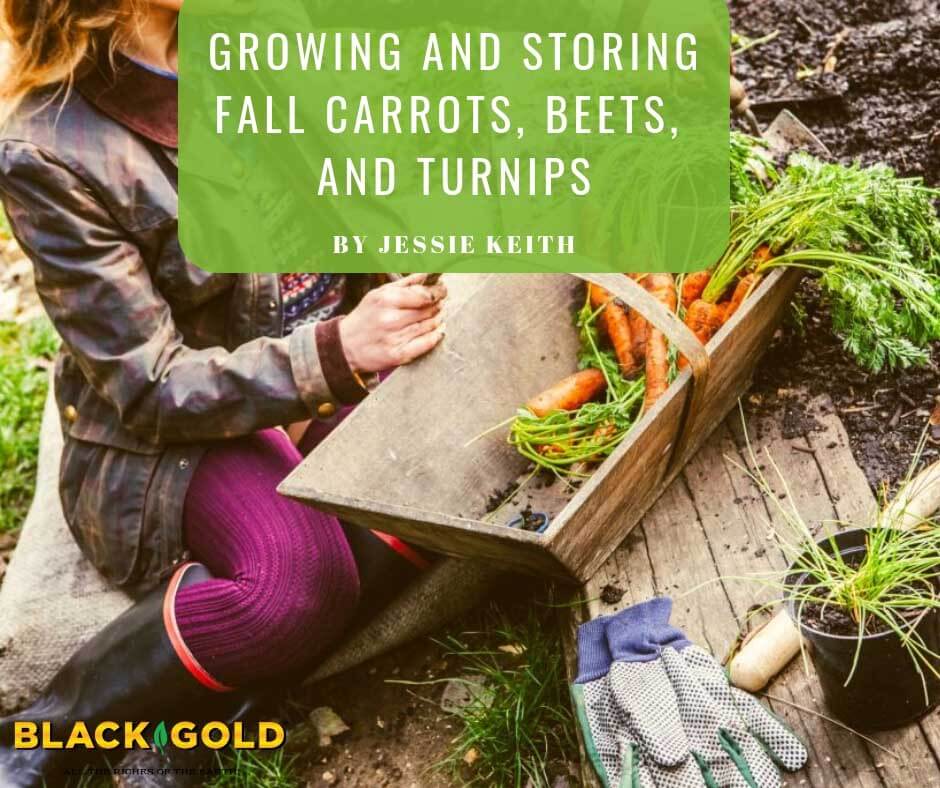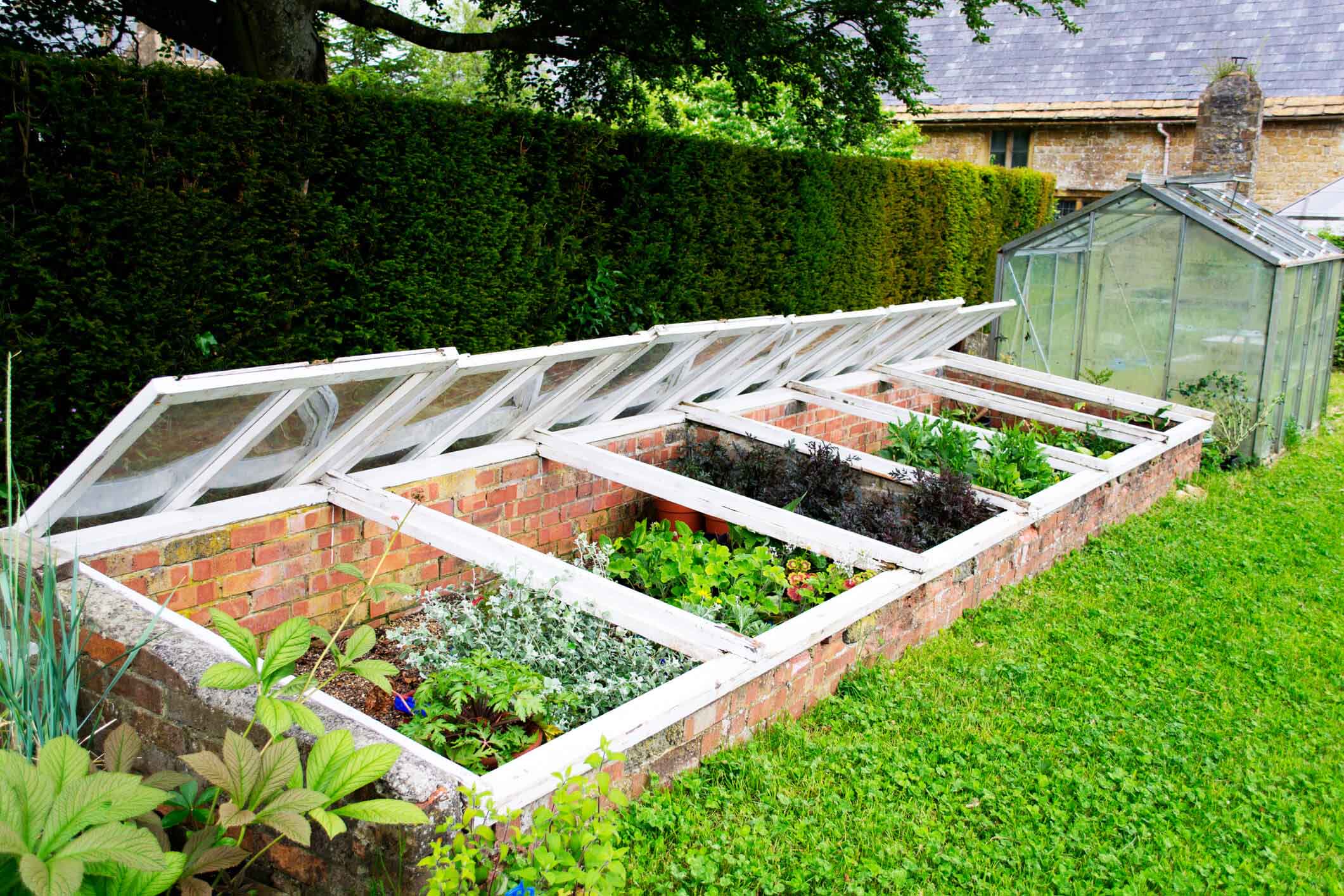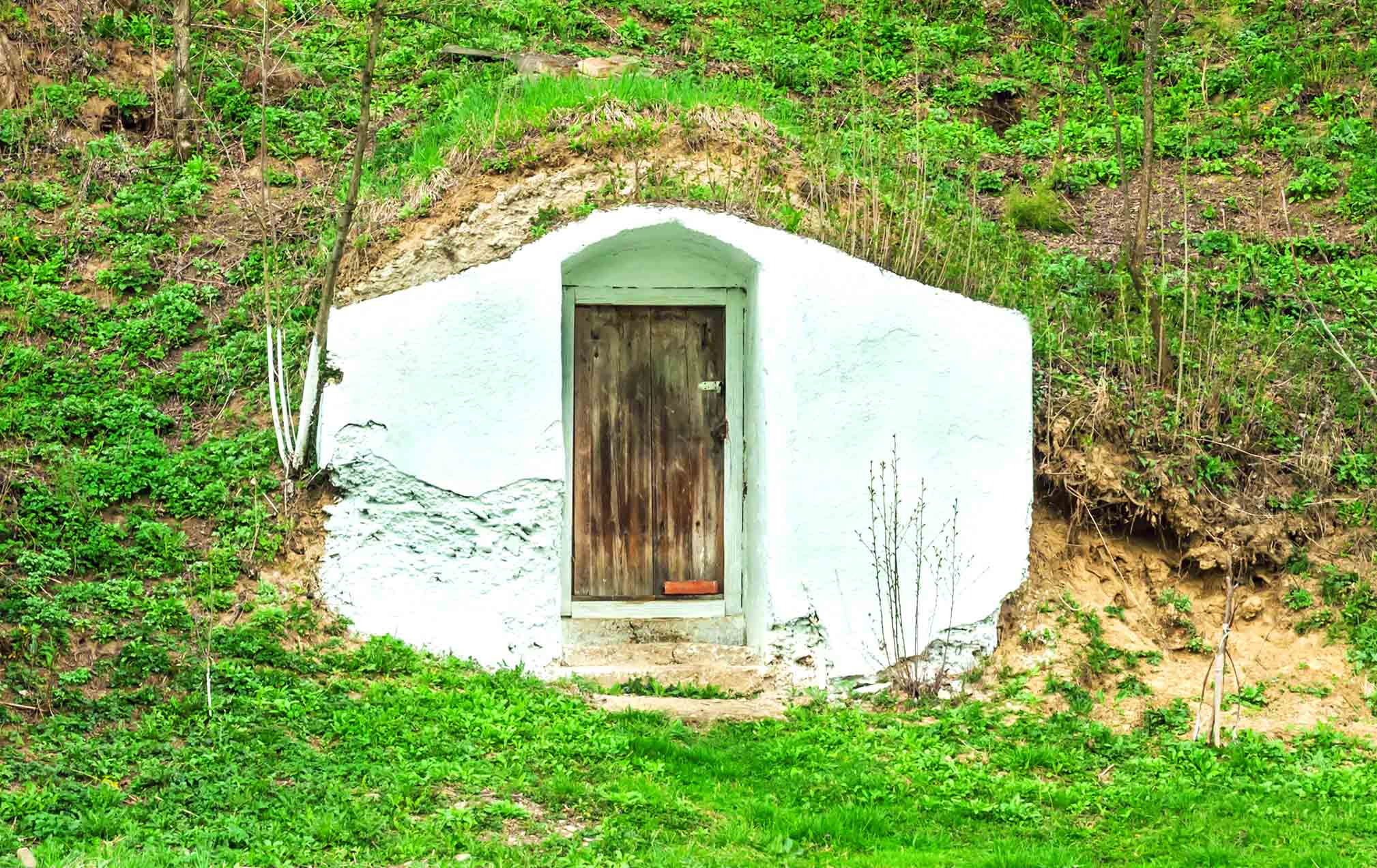
Root crops are the finest vegetables for the fall garden. Specialty varieties of carrots, beets, and turnips have been bred just for fall and winter growing and storage. Once the first frost hits, they sweeten up for better flavor. If properly stored, they keep beautifully through winter. Cold-frame gardeners can also rely on them for consistent winter production.
There’s a reason why root-rich stews, roasts, and soups are favored in colder months. These vegetables are superior winter keepers that taste the best in the late-season cool weather. That’s why they have been in constant cultivation for thousands of years across Eurasia. They provided needed food and nutrition when no other fresh vegetables were available. Today’s gardeners also reap the benefits of carrots, beets, and turnips with the added advantage of superior varieties for taste, texture, and performance.
Carrots

Carrots (Daucus carota) are available in lots of colors. Classic orange carrots originate from Europe and tend to be the crispest and sweetest. Purple or red carrots were initially cultivated in the Middle East, Russia, and India and are stronger-tasting and less sweet. All types can be grown as winter carrots, but some perform better than others.
True winter carrots are exceptionally cold hardy, long tapered, often slower to mature, and remain crisp and sweet through the winter months. The heirloom orange varieties ‘Imperator 58’ (75-days, 1933 All-America Selections Winner) and ‘Danvers 126’ (70 days) are two excellent choices favored by gardeners for decades. Newer winter keepers that remain tasty in storage are the slender orange ‘Interceptor’ (120 days), super sweet ‘Napoli’ (58-days), and super keeper ‘Dolciva’ (105-days).
Grow long-tapered carrots in deep, fertile, light soil with a slightly acid pH of 5.5 to 6.5 for best root development. Sow seed in the ground in late August to early September. Amend carrot beds with Black Gold Garden Compost Blend and acidic Black Gold Canadian Sphagnum Peat Moss—working both deeply into the soil. Double digging ensures amendments are incorporated deeply into the soil. (Learn how to double dig your beds here!)
Beets

Favored for centuries by Eurasian gardeners living in colder climates, beets (Beta vulgaris) are very hardy and will keep for months. Beets for winter growing are exceptionally hardy and stay smooth and sweet without getting fibrous and woody. Their tops can also be eaten like Swiss Chard. Lots of classic red beets are beautifully suited to cold-weather growing.
The slow-to-mature heirloom ‘Lutz Winter Keeper’ (80 days) was first developed in the 1800s and has proven to be a great selection for fall gardens, yielding large, red beets with good flavor that store very well. Another old-time winter beet is ‘Detroit Dark Red’ (55 days). The classic mid-American variety has uniformly round roots with good sweetness.
Beets prefer a neutral pH and do not grow well in acid soil, so add lime to beet beds if your garden soil is acidic. Next, amend with Black Gold Garden Compost Blend for increased fertility. Before planting beets in the ground, soak the seeds overnight for faster germination. Varieties that take longer to produce should be started no later than early September.
Beet seeds have 2-3 embryos, which means a single seed can yield two or three seedlings, encouraging more seedling clumps that require thinning. For easier thinning plant the single-embryo variety ‘Moneta’ (46 days), which produces just one seedling. Its red beets are also delicious and great for fall and winter cultivation. (Click here to see our video about growing beets!)
Turnips

Turnips (Brassica rapa) are members of the mustard family (Brassicaceae) along with other cole crops like cabbage, which is why their roots have a sweet cabbage-like flavor. Their slightly bitter greens are also edible.
Historians determined that humans first began to eat turnips in prehistoric times. The easy root crops were grown and eaten by the Greeks and Romans, and in India, they were raised for their flavorful, oil-rich seeds. Turnips are also important to East Asian culinary traditions.
The old-time ‘Purple Top White Globe’ (50 days) is the classic turnip that most gardeners grow. The white roots have electric purple tops, and the young leaves are favored in the South for turnip greens. For something unique, try the red-rooted ‘Scarlet Ohno Revival’ (50 days) turnip, which can be eaten fresh or cooked. The white-rooted Japanese variety ‘Tokyo Market’ (35 days) has a fruity, sweet flavor ideal for eating fresh in salads.
Grow in fertile loam with a neutral to slightly alkaline pH of 6.5 to 8. These are faster growing, so gardeners can wait until early October to sow seeds in fall gardens or cold frames.
Storing Root Vegetables through Winter

Homeowners used to have root cellars for keeping produce through cold months. The humid cellars maintained roots at optimal storage temperatures between 32 and 40 degrees Fahrenheit. These days we have refrigerators, but if you have a large harvest, you’ll likely need more storage space. Here are four smart, space-saving ways to store your root harvest in winter. (Always remember to remove the greens from your root crops before storing them!)
- Provide Garden Cover: This easy method allows gardeners in milder winter areas to keep their crops in the ground. Before hard freezes hit, cover your root crops with a 1- to 2-foot layer of straw. This will protect them from harsh cold and winter heave. Just uncover and dig them as you need them.
- Grow in a Cold Frame: The best cold frames are stone or brick-lined, sunken, and plexiglass covered to hold in the heat from the winter sun. Topping cold frame crops with rich compost will add extra protection from cold and make winter harvest easier.
- Dig a Root Clamp: This is an old way to store roots without a root cellar. Dig a broad hole about 3-feet across and 1 or 2-feet deep in your garden. Add a thick base layer of straw, layer in your roots, add another thick top layer of straw and cover the sides with a layer of soil and compost. Leave a chimney of thick straw at the top for protection and aeration. Dig in through winter when you want to gather roots for eating!
- Create Root Box for a Cool Basement or Garage: If your basement or garage stays below 40 degrees Fahrenheit through winter, create root boxes! Take an aerated wooden or thick cardboard box, layer in straw and lightly moistened peat moss, and add moistened root crops between them. Then collect the roots as you need them.


